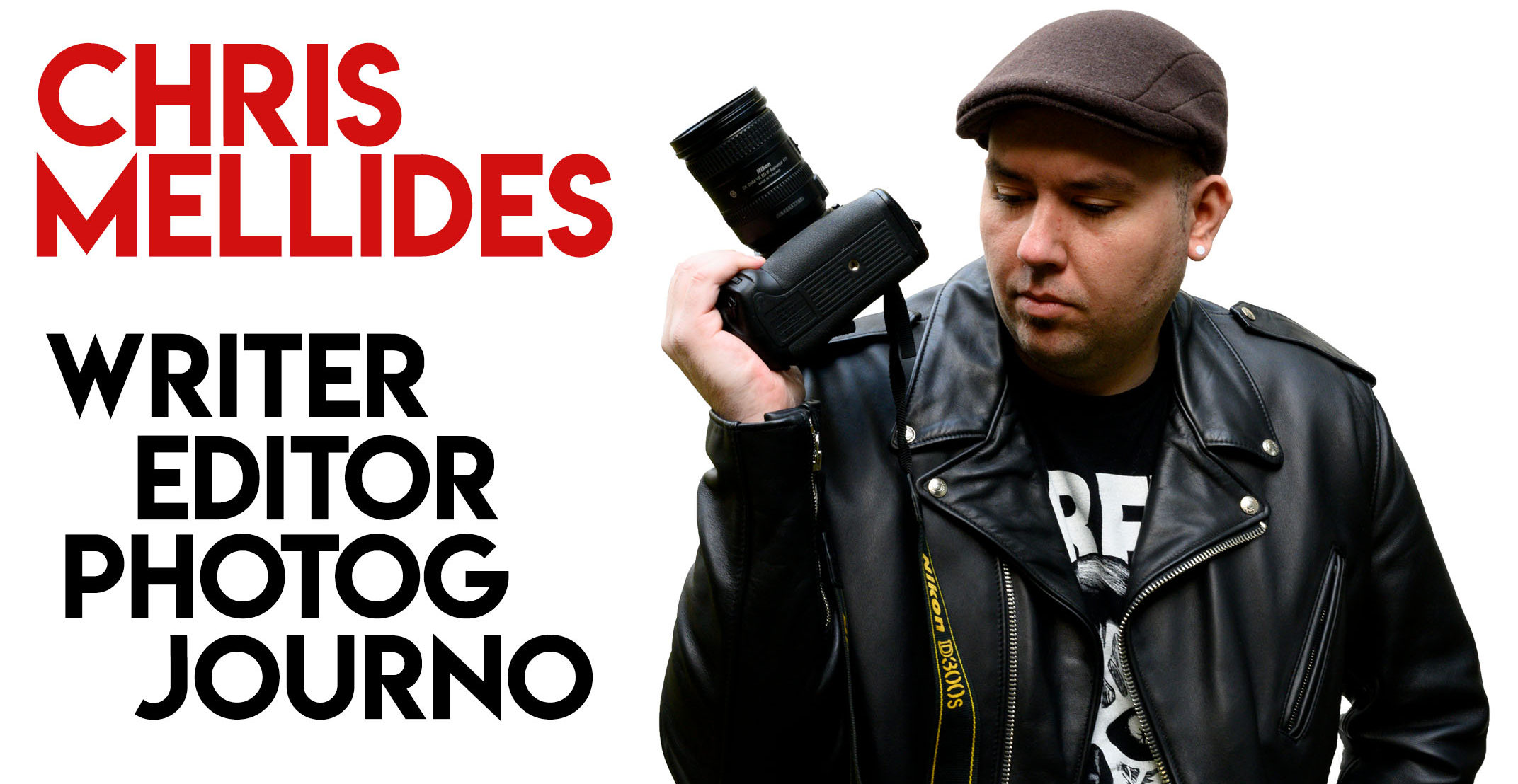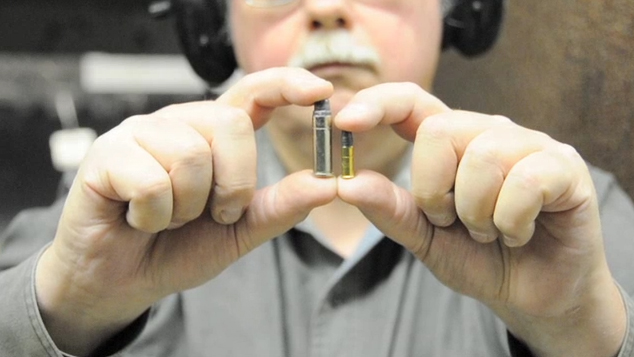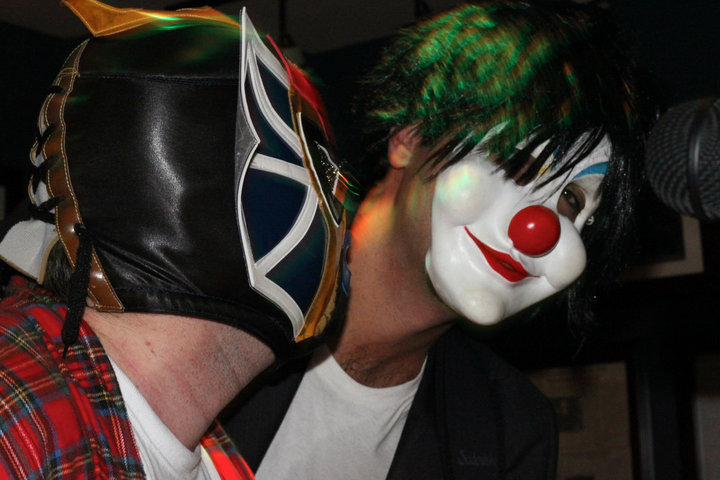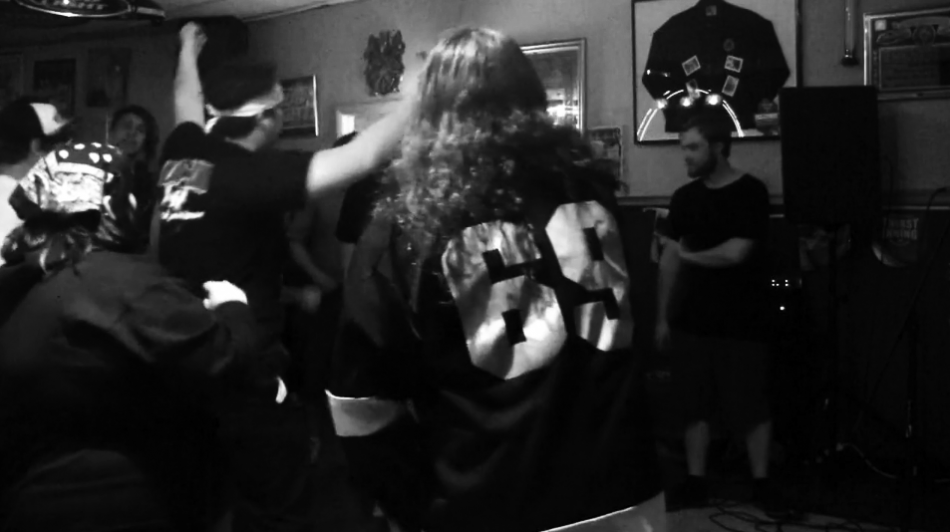A Life in Firearms
A Look at Long Island Gun Enthusiasts
In West Babylon, the Old Bethpage Rifle and Pistol Club sits in the middle of a large industrial park. The facility is private and custom-built, housing an indoor shooting range in the basement just below the upstairs meeting lodge.
The oversized guest book at the entrance point is hard to go unnoticed as you amble past it and through the narrow doorway leading to the dimly lit indoor range. The book is littered with a long list of names, all of which belong to club members who are free to fire anything from rifles to revolvers.
Gary Hungerford is a stout man sporting a bushy grey mustache. A jet-black 4-inch barreled .357-caliber revolver rests in a tan holster hung high on his shoulder. Gary is a very active member of the West Babylon-based club. He is also a board member for the clubhouse and works with the Suffolk Alliance of Sportsmen, which is the sportsmen’s federation for the county. Well-versed in gun law and its associated politics, he’s been involved with firearms for most of his life.
“Everyone in my neighborhood had someone in their family who was a fisherman, or a hunter or a clammer or a crabber,” said Gary when asked about his initial interest in firearms. “As a consequence, it was a natural thing for all the kids in the neighborhood to be very comfortable with firearms.”
Gary grew up in New York City during the 40s and 50s and claims to have purchased a rifle at the age of 12. “It was a different world [then],” he exclaimed.
While gun laws in New York have no doubt changed and become stricter since the years of Gary’s youth, the principles of gun ownership remain the same, according to Gary.
Being a gun enthusiast in the dawn of the 21st century is no easy task, and Gary is aware of the usual stereotypes associated with gun advocacy and ownership.
He just smiles, shrugs and says, “It’s a matter of education with most people. I know a lot of people think of us as knuckle-dragging Neanderthals, but I know more firearm owners who have masters and doctoral degrees than I know who don’t.”
No one said that liking guns in today’s society would be easy, but for Gary and others like him, the stigma associated with gun use is of little or no concern.
They’d much rather enjoy the thrill of pulling the trigger.



